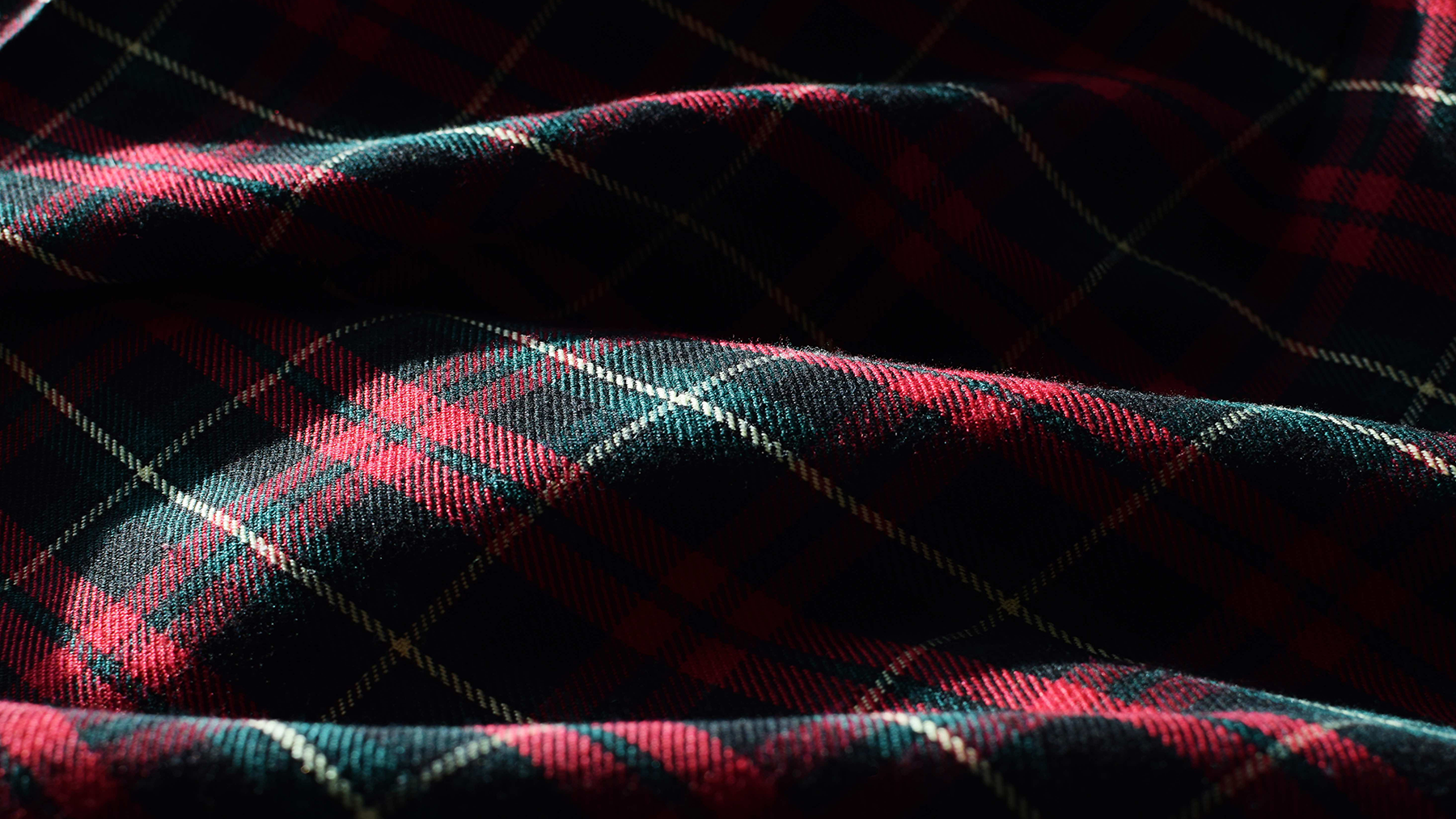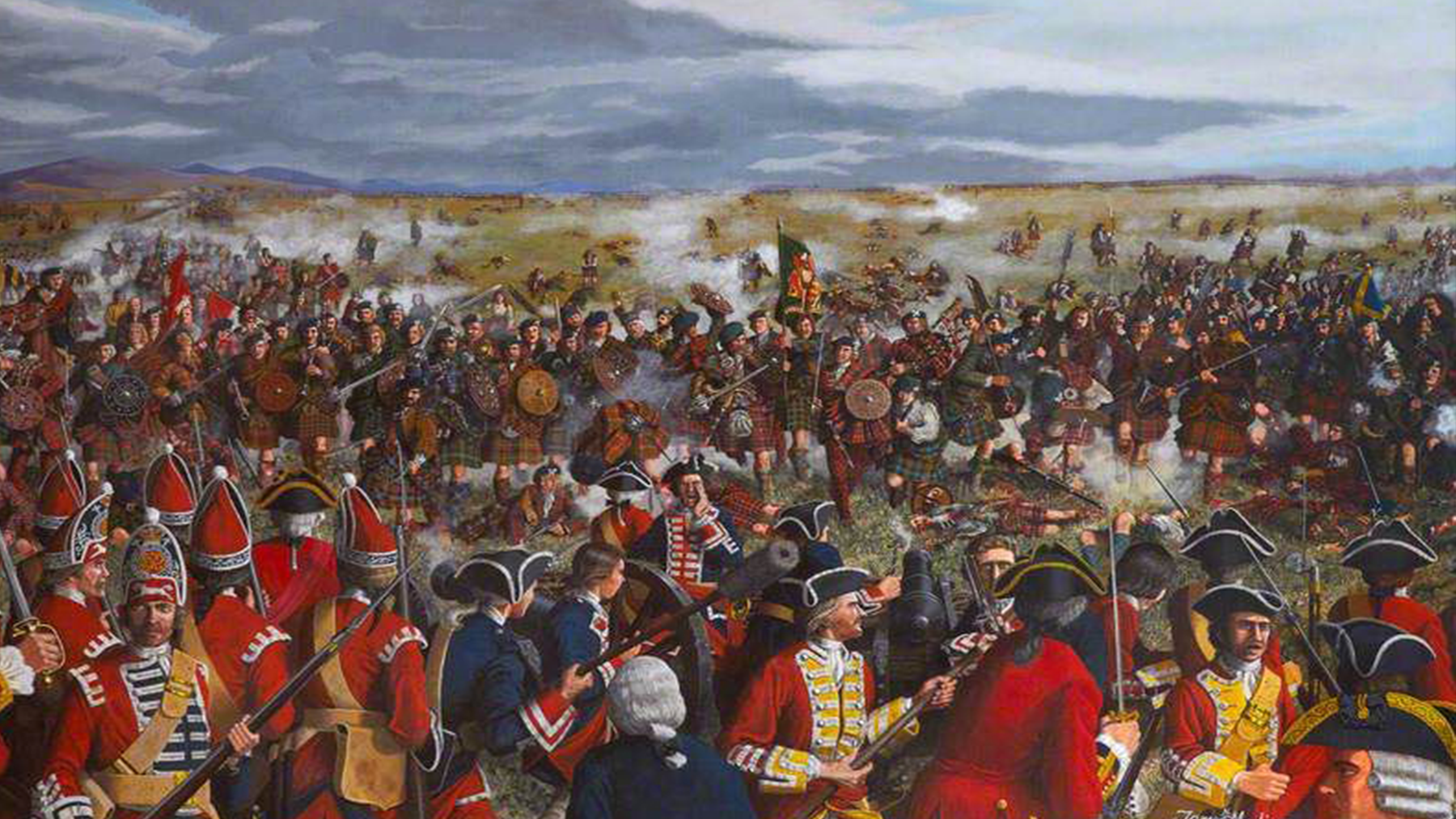
Tartan’s Colourful Journey Through Time
A World of Patterns
There is estimated to be about 7,000 different tartan designs, with around 150 new patterns added each year. How is this even possible? Well, it’s thanks to the endless variety of tartans created for individuals, brands and, wait for it, even fictional characters. For example, the Obamas have their own tartan (who knew), and our all-time favourite characters like Iron Man, Captain America, and the Hulk from Marvel. And there’s more—even Batman and Superman each have their own unique plaid designs.
What is Tartan and Where Did it Come From?
But let’s go back to the very beginning: what exactly is tartan and where does it come from? It’s thought to be derived from the French word ‘tartaine’, which simply means ‘checked cloth,’ although us Scots like to argue it was from Scottish Gaelic, tarsainn or tarsuinn, meaning 'across' or 'crossing over,' referring to the weave rather than the colours.
Tartan originated as a woven wool fabric, with vertical and horizontal colours crossing over each other, like a ‘plaid party’ on fabric. The earliest known examples of tartan-style fabric date back an astonishing 3,000 years in Xinjiang, China. So it could be said that tartan’s global appeal had begun before us Scots even knew what plaid was!
Tartan and the Highland Clans
Back in Scotland, tartan quickly became the go-to fabric for Highlanders proudly wearing it to represent their clans—groups of people who shared the same Scottish heritage and a deep love of all things plaid. Think of a football team’s home strip, but with incredible style, colour and pattern, worn in the form of a kilt.
The Tartan Ban of 1746
All was well until 1746, when the British government passed a law banning the wearing of tartan, turning plaid from a ‘fashion statement’ into a criminal offence. Apparently, the thought of Scots in colourful patterns was too much for the powers that be. However, after a few years of the "No Tartan" ban, it was finally repealed in 1785, but by then, many Highlanders had swapped their kilts and adopted mainstream attire like the rest of the Scots.
From Heritage to Rebellion
Thankfully, tartan made a big comeback in the 19th century, especially after Sir Walter Scott encouraged Scottish clan leaders, in the year 1822, to wear their traditional tartan colours and full Highland dress to welcome King George IV in Edinburgh.
Then, along came the punk era in the 70s and 80s, which saw tartan take on a rebellious new life, far from its traditional roots. Punk bands adopted tartan as part of their signature look, using the vibrant and often mismatched patterns as a symbol of defiance, anti-establishment attitudes, and individualism. Designers like Vivienne Westwood played a pivotal role in bringing tartan into punk fashion, with her London boutique offering clothes that blended the classic Scottish pattern with bold, DIY-inspired styles.
Tartan: A Timeless Icon
It’s truly remarkable that, from a piece of cloth discovered in a pottery jar near Falkirk around 250 AD, tartan has become a globally recognised symbol. Today, tartan is everywhere—from high fashion to streetwear, on screen, and even the Maple Leaf Tartan proudly serving as an official national symbol of Canada. And let’s not forget Archie the Inventor from Balamory, who sported his very own specially designed tartan for the show.
Tartan truly has a rich, colourful history, and it’s clear this iconic fabric is here to stay!
Written by Diane Stickland



